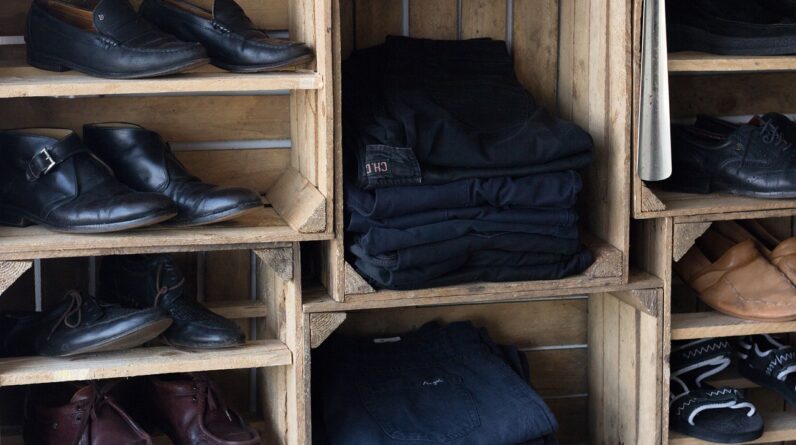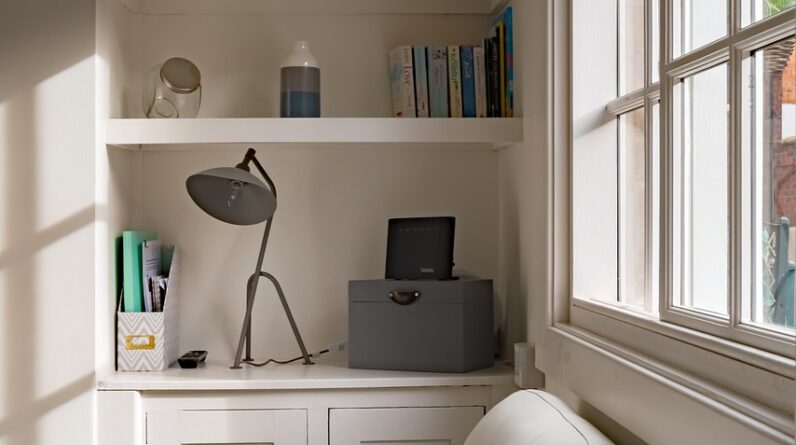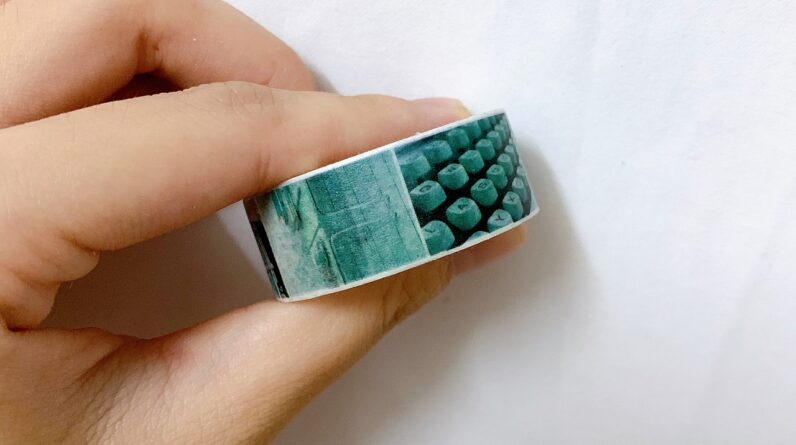
We’ve all encountered items that seem destined for the landfill, but what if we could give them a new lease on life? In “Upcycling: Turning Trash into Treasure,” we explore how creativity and innovation can transform discarded materials into beautiful and functional pieces. Our journey takes us through inspiring projects, clever ideas, and the environmental benefits of upcycling. Let’s dive into the art of turning the old and worn-out into something fresh and valuable, proving that one person’s trash truly can be another’s treasure.
Have you ever wondered how we can turn our old, unwanted items into something new and beautiful, instead of just throwing them away? Welcome to the fascinating world of upcycling, where creativity knows no bounds and sustainability is at the forefront!
What Is Upcycling?
Upcycling is the process of transforming waste materials or unwanted products into new materials or products of better quality or for better environmental value. Unlike recycling, which breaks down materials to create new products, upcycling repurposes items without deconstructing them, often resulting in something more aesthetically appealing or valuable.
Why Is Upcycling Important?
Upcycling is more than just a trend; it’s a crucial strategy in combating the growing environmental crisis. Here are a few reasons why upcycling matters:
- Reduces Waste: By giving new life to old items, we minimize the amount of waste that ends up in landfills.
- Saves Resources: Upcycling conserves resources by reducing the need for raw materials.
- Promotes Creativity: It encourages us to think creatively about how we can repurpose items.
- Supports Sustainability: Ultimately, upcycling is a sustainable practice that contributes to a healthier planet.
The History of Upcycling
While the term “upcycling” is relatively modern, the concept is not new. Our ancestors were masters of reusing and repurposing items out of necessity. It wasn’t until the late 20th century that upcycling began to gain popularity as an environmentally responsible choice.
The Evolution of Upcycling
- Ancient Times: People predominantly reused items out of necessity and scarcity.
- Industrial Revolution: Mass production led to increased waste, but also to ingenious ways of reusing materials.
- Modern Era: The environmental movement has highlighted the need for sustainable practices, making upcycling popular among eco-conscious communities.

The Benefits of Upcycling
The benefits of upcycling extend beyond just reducing waste. Let’s dive into some of the advantages it offers.
Environmental Benefits
- Reduced Carbon Footprint: Upcycling helps lower the carbon footprint by minimizing the demand for new products and the resources needed to produce them.
- Waste Reduction: It helps keep tons of waste out of our landfills.
- Resource Conservation: Upcycling conserves valuable resources and raw materials.
Economic Benefits
- Cost-Effective: Upcycling can save money, as repurposing old items is often cheaper than buying new ones.
- Job Creation: The growing popularity of upcycling has led to the creation of niche markets and job opportunities in the upcycling industry.
Social Benefits
- Community Engagement: Upcycling projects can bring communities together, fostering a sense of collaboration and shared purpose.
- Education: It raises awareness about the importance of sustainability and responsible consumption.
How to Start Upcycling
Getting started with upcycling is easier than you might think. All it takes is a little creativity and a willingness to see potential in everyday items.
Identifying Upcyclable Items
Look around your home for items that could use a new lease on life. Some common upcyclable items include:
- Old furniture
- Clothing and textiles
- Glass jars and bottles
- Wooden pallets
- Tin cans
- Cardboard boxes
Essential Tools for Upcycling
Here are some basic tools and supplies that can help you get started:
| Tool | Purpose |
|---|---|
| Paints and brushes | For adding color and design |
| Sandpaper | For smoothing surfaces |
| Glue | For adhering materials together |
| Screwdriver and screws | For assembly |
| Fabric and sewing kit | For textile projects |
| Scissors | For cutting materials |
| Hot glue gun | For quick bonding |
| Drills and saws | For wood and metal projects |
Upcycling Ideas and Projects
Here are some easy projects to kickstart your upcycling journey:
- Turn Old Jars into Storage Containers: Paint or decorate old glass jars to use for storage.
- Revamp Old Furniture: Sand and repaint an old chair or table for a fresh look.
- Create a Pallet Garden: Use wooden pallets to create a vertical or horizontal garden for your plants.
- DIY Tote Bags from T-Shirts: Transform an old T-shirt into a reusable tote bag with just a few cuts and stitches.
- Wine Cork Coasters: Glue wine corks together to create unique and functional coasters.

Upcycling in Different Sectors
Upcycling isn’t limited to homes; it’s making waves in various industries, from fashion to construction.
Fashion Industry
In the fashion world, upcycling is changing the game for sustainable style.
- Clothing: Designers are turning old garments into new fashion statements.
- Accessories: Items such as bags and jewelry are being crafted from upcycled materials.
- Footwear: Even shoes are getting the upcycled treatment, using materials like recycled rubber.
Interior Design
Interior designers are embracing upcycled decor for its uniqueness and sustainability.
- Furniture: Old items are transformed into stylish pieces.
- Decorative Items: Everyday objects find new homes as creative decor.
- Lighting: Reclaimed materials are used for unique lighting solutions.
Technology
Upcycling extends to the tech world, where obsolete gadgets get a second life.
- Electronics: Parts from old electronics are reused in new devices.
- DIY Projects: Hobbyists use tech components for innovative upcycling projects.
Art
Upcycling is a beloved method in the art community, where creativity truly thrives.
- Sculptures: Reclaimed materials become stunning pieces of art.
- Installations: Artists use everyday items for large-scale installations.
- Mixed Media: Combinations of various upcycled materials create textured art.
Upcycling vs. Recycling
While both upcycling and recycling aim to reduce waste and promote sustainability, they differ fundamentally in their processes and outcomes.
Recycling
- Process: Involves breaking down materials to create something new.
- Examples: Melting down plastic bottles to produce new plastic items.
- Environmental Impact: Requires energy and resources, but reduces raw material use.
Upcycling
- Process: Repurposes items without breaking them down completely.
- Examples: Turning old jeans into a denim handbag.
- Environmental Impact: Minimized energy use and resource consumption compared to recycling.

Success Stories in Upcycling
Let’s explore some inspiring upcycling success stories that highlight the potential and impact of this practice.
Patagonia
The outdoor clothing company, Patagonia, has embraced upcycling in various ways. Their “Re\collection” line features garments made from reclaimed materials, and they’ve encouraged customers to return worn items for refurbishment.
TerraCycle
Known for tackling hard-to-recycle waste, TerraCycle has upcycling initiatives that turn waste into products like tote bags, notebooks, and even park benches.
Remark Glass
A glassblowing studio that upcycles discarded glass bottles into beautiful, functional glassware, Remark Glass is a perfect example of how artistry and sustainability can go hand in hand.
Upcycling in the Community
Communities worldwide are recognizing the value of upcycling, using it to address local waste problems and foster communal creativity.
Community Workshops
Cities and towns are hosting upcycling workshops to educate residents about the benefits and techniques of upcycling. These workshops provide hands-on experience and promote a culture of sustainability.
Upcycling Events
Events and fairs centered around upcycling allow individuals and businesses to showcase their creations, exchange ideas, and inspire others. These events often include:
- Swap Meets: Where people can trade unwanted items for something they need.
- Craft Fairs: Featuring upcycled products.
- Educational Seminars: On the benefits and methods of upcycling.

Challenges and Solutions in Upcycling
Even though upcycling is a fantastic practice, it comes with its own set of challenges. Let’s explore these issues and potential solutions.
Challenges
- Finding Quality Materials: Not all discarded items are suitable for upcycling.
- Time-Consuming: Upcycling projects can be labor-intensive.
- Skills and Tools: Some projects require specific skills and tools.
Solutions
- Material Sourcing: Partner with local businesses for a steady supply of materials.
- Time Management: Start with small projects and gradually take on more complex ones.
- Skill Development: Take advantage of online tutorials and community classes to build your upcycling skills.
The Future of Upcycling
As awareness of environmental issues continues to grow, so too will the popularity of upcycling. The future holds promising developments, including advancements in technology, increased community involvement, and greater support from businesses and governments.
Technological Advancements
Innovations in technology will make upcycling more accessible and efficient. 3D printing, for instance, can be used to create components for upcycling projects, minimizing waste further.
Community Involvement
Schools, communities, and local governments will play crucial roles in promoting upcycling. Educational programs and community initiatives will help foster a culture of sustainability.
Corporate Responsibility
More companies will likely adopt upcycling practices, either by integrating them into their product lines or supporting upcycling initiatives. Consumer demand for sustainable products will drive this shift.
How to Foster an Upcycling Mindset
Adopting an upcycling mindset means seeing potential in what others consider waste. Here’s how we can nurture this perspective:
- Educate Yourself: Learn about the environmental impact of waste and the benefits of upcycling.
- Stay Inspired: Follow upcyclers and DIY enthusiasts on social media for endless inspiration.
- Get Hands-On: Try small projects to build confidence and experience.
- Spread the Word: Share your upcycling successes to inspire others.
Conclusion
Upcycling is more than just a way to repurpose old items; it’s a movement that fosters sustainability, creativity, and community. By turning trash into treasure, we can reduce our environmental impact, save resources, and create beautiful, functional items. So, next time you consider throwing something away, think about how you can give it a new life through upcycling.
Together, we can make a significant impact on our planet’s health and demonstrate that one person’s trash can indeed become another’s treasure. Happy upcycling!







